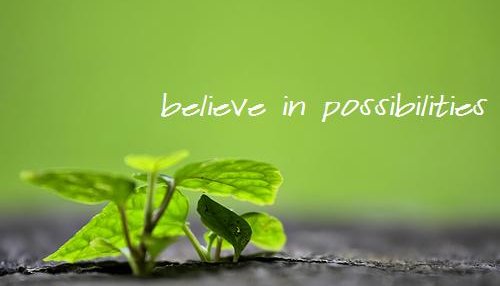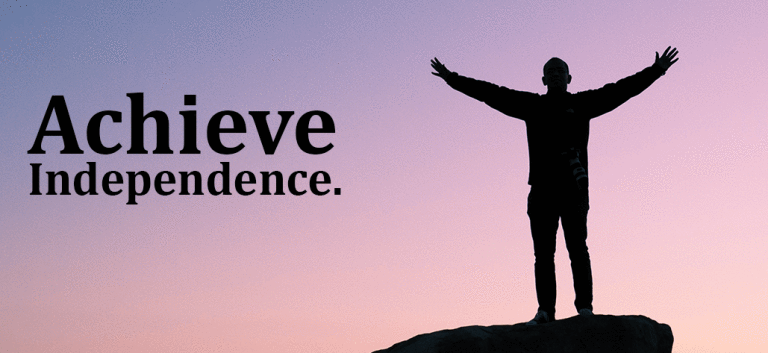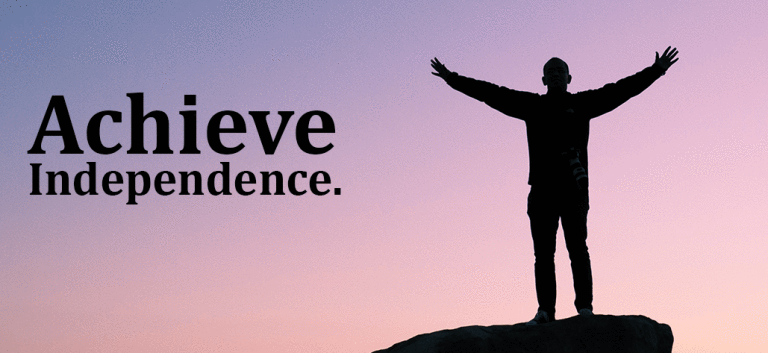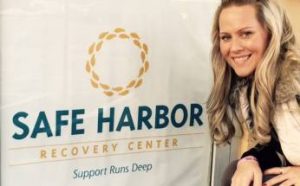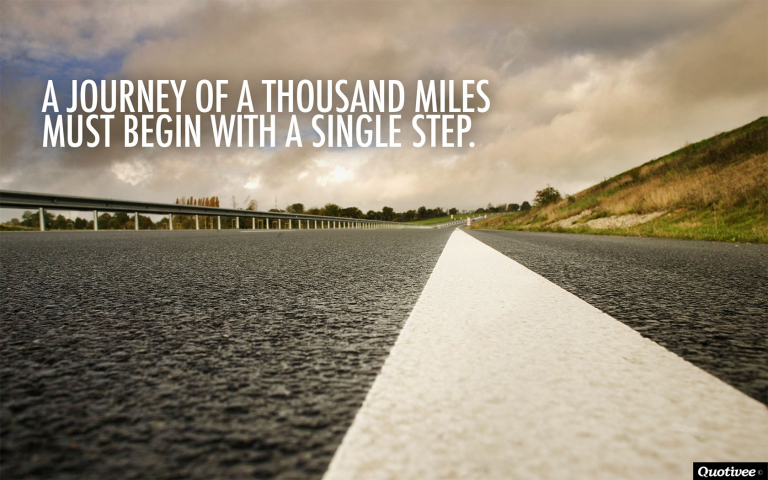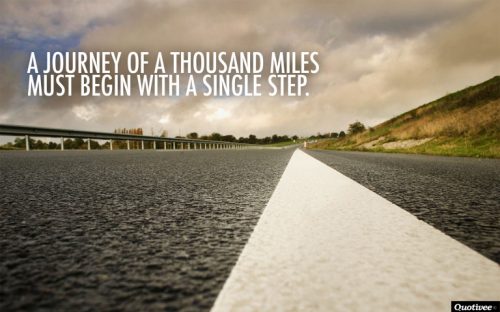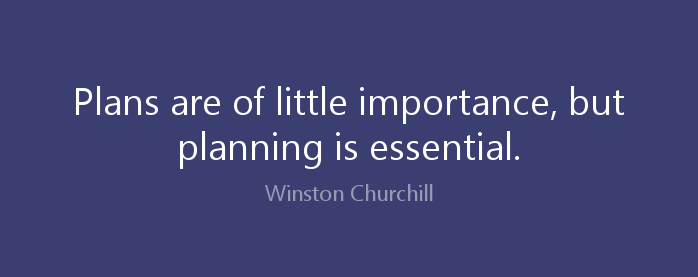Shining Light on Women in Prison
The U.S. leads the world in numbers of incarcerated individuals—both in numbers and in percentages. China is second to the U.S. (China’s population, as of August, 2017, is 1.389 billion compared to the U.S. at 326 million.)
Since 1980, the number of incarcerated women in the U.S. has risen over 700%. In 1980, there were 26,378 women in custody. By 2014, that number reached 215,332. In the same time frame between 1980 and 2014, incarceration of women grew 50% higher than the growth of incarceration of men. Since 2014, the numbers for both men and women have remained fairly consistent.
Why have the statistics risen so dramatically—and more important, what is the impact to our society?
Many of women in the U.S. prison system are there because of drug-related crimes. Twenty-four percent of women in prison are there due to drug-related offenses compared to their male counterparts at 15%. Next in line for reasons women are incarcerated is for “property offenses,” such as shoplifting or theft.
Research suggests—and proves—that the rise of numbers of women in prison is directly related to the use of incarceration as a way to solve drug-related crimes. Research also suggests that once the majority of women with drug-related issues are released, they revert to substance abuse.
Statistics also bear out that 60% of women in our prisons have a child under 18—many ending up in the foster care system due to their mother’s incarceration.
Unfortunately, the issues that affect women are largely overlooked in the prison system. Their issues are eclipsed by the dominant issues related to incarcerated men. Risk factors that contribute to what is considered criminal behavior for women, besides substance abuse, include mental illness, and spousal (or partner) abuse. Often, women’s criminal issues are related to their connection with criminal men.
In this country, we spend more money on corrections than on higher education.
We can do better.
If we were to focus attention on providing services to the women who are currently incarcerated, we could reduce the money flowing through the prison system dramatically. If we were to treat rather than punish the majority of the women in the system, we could intervene not only in their lives, but in the lives of their children and, potentially, subsequent generations.
At Fedcap, we are working on ways to address prevention or quick and precise intervention to help avert prison stays for women. By establishing programs that start at the point of arrest, work behind the walls and provide smart and structured support upon release we expect to see a steady decline in incarceration among women.
What are your ideas for a solution to help women stay out of prison and get the healing that they need? What interventions would you recommend? I believe that we can contribute significantly to solving this problem for women behind bars. I believe that there are systemic solutions that we can work on together to solve this problem for women and their families. The Power of Possible is not just an idea, but a force that can change lives and that make a permanent and powerful impact on society as a whole. Working for and with women in prison is an essential step in manifesting that Power.


